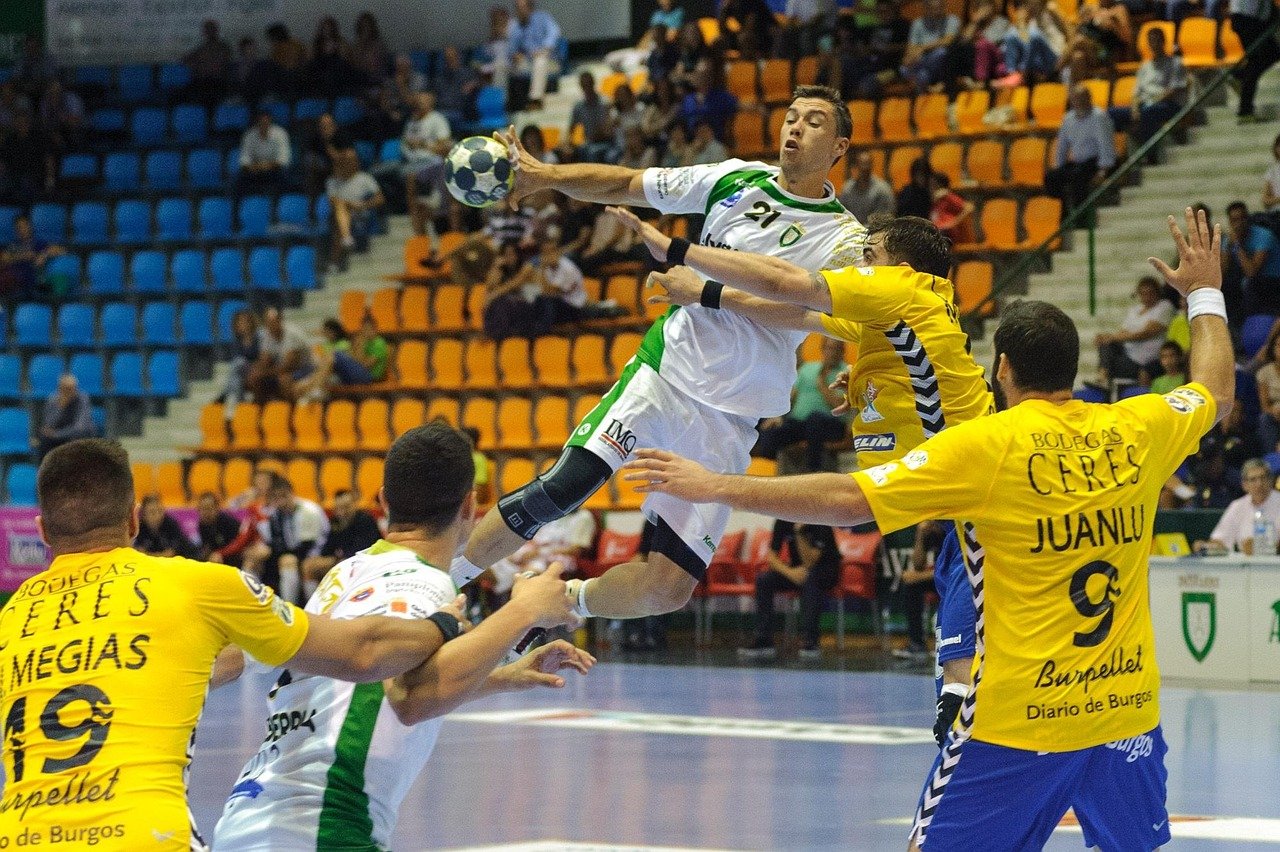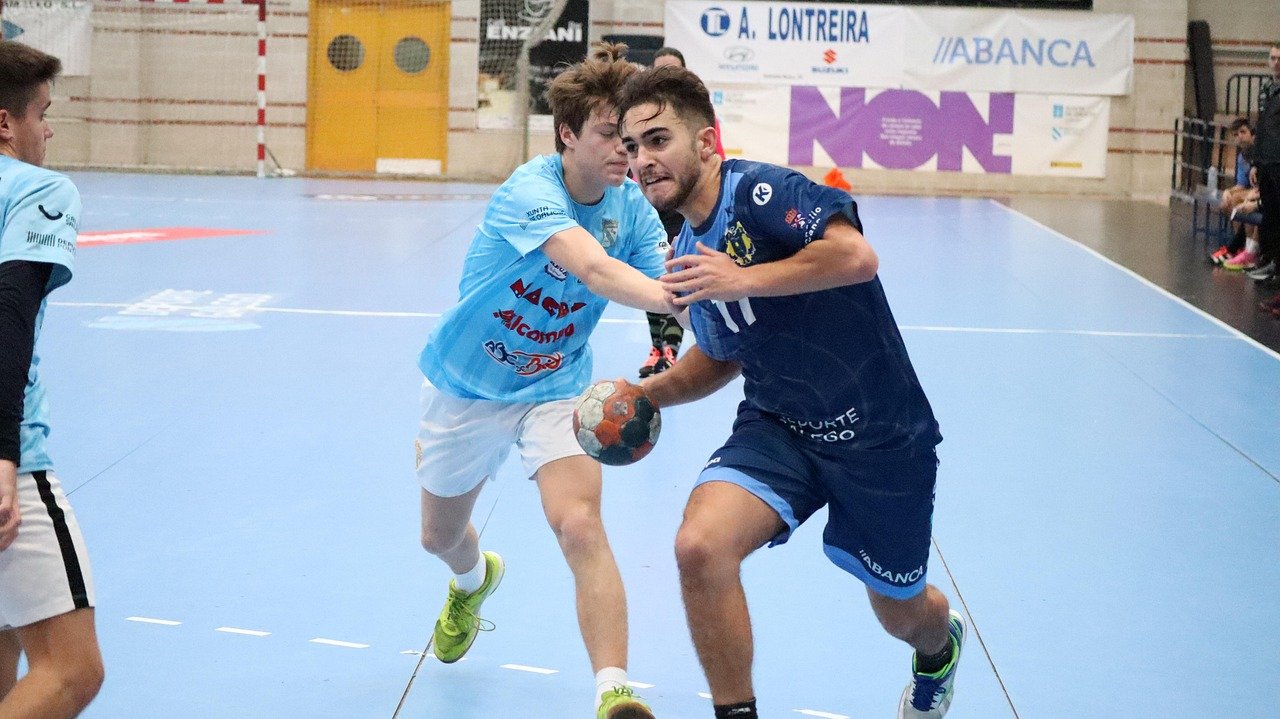In the dynamic sport of handball, each position has a distinct role, but few are as impactful as the left and right backs. These players often serve as offensive powerhouses, defensive anchors, and tactical leaders. This guide explores how left and right backs operate, their roles and responsibilities, and tips for excelling in these positions.
The Role of the Backs in Handball
Left and right backs are typically positioned just outside the centre back, forming a crucial part of the backcourt trio. Their primary functions include:
- Initiating attacks through powerful shots and quick passes
- Breaking through defences with dribbles or step moves
- Supporting defensive structures, especially against opposing backs
- Creating space for wing players and the line player
These players must combine strength, agility, and strategic vision to outmanoeuvre opponents and capitalise on offensive opportunities.
Key Attributes of Left and Right Backs
Physical Attributes
- Height and Reach: Taller players can shoot over defenders and block more effectively
- Strength: Useful for breaking through contact in attack and resisting pushes in defence
- Explosiveness: Critical for quick movements, jump shots, and directional changes
Technical Skills
- Powerful Shooting: Back players often shoot from 9+ metres
- Dribbling and Footwork: To penetrate compact defences
- Passing Accuracy: For feeding wings or pivots in tight spaces
- Jumping Ability: Enhances shooting options and aerial defence
Tactical Awareness
- Reading Defences: Spotting gaps and anticipating movement
- Timing Runs: Coordinating with centre backs and wings
- Switching Roles: Able to rotate with the centre or wing in dynamic attacks
Left Back vs. Right Back
Though their responsibilities overlap, the choice between left and right back depends on handedness and team dynamics:
- Left Backs are usually right-handed, enabling stronger cross-body shots
- Right Backs are often left-handed, creating better shooting angles from the right side
This configuration allows for more natural, powerful shots and greater passing options toward the middle or far wing.
Offensive Responsibilities
Long-Range Shooting
Backs frequently take on the role of shooting from a distance, especially when facing a 6-0 defensive formation. Their high-powered, jump shots aim to surprise the goalkeeper and break defensive lines.
Driving Through Defences
Using dribbles, fakes, and feints, backs can penetrate defences to:
- Draw defenders and create gaps
- Generate 6-metre scoring chances
- Force fouls or penalties
Feeding the Pivot
Backs often work in tandem with the line player (pivot), providing passes into the pivot’s area once space is created through movement or blocking.
Supporting Wing Attacks
Backs must pass effectively to wingers in shooting positions or engage defenders to free the wing for a cut or shot.
Defensive Responsibilities
Though often known for their offensive prowess, backs play a key defensive role:
- Marking Opposing Backs: Preventing long-range shots and cutting off passing lanes
- Blocking Shots: Using their reach to intercept or block attempts on goal
- Tackling: Applying body pressure and contact within legal limits to slow down attackers
- Covering Centre Defenders: Especially during quick rotations or substitutions
Tips for Playing as a Back
- Develop Ambidexterity: Being comfortable passing and shooting with both hands adds unpredictability
- Strengthen Your Core and Legs: Jumping and balance are key for effective shots
- Study Defences: Learn how different formations open up different options for shooting or passing
- Communicate Constantly: Coordination with the centre back, wing, and pivot is essential
- Practice Situational Shooting: Recreate real match scenarios during training to improve decision-making
Drills to Improve as a Back Player
1. Shooting Under Pressure
- Set up defenders or mannequins at the 9-metre line
- Practise jump shots over them with a focus on accuracy
2. Drive-and-Dish
- Simulate a driving move followed by a pass to the pivot or wing
- Helps develop timing and accuracy in motion
3. Defensive Footwork
- Ladder drills and cone movements to improve lateral speed and defensive reaction
4. Dual-Role Scenarios
- Practise switching between attack and defence rapidly in transition drills
Final Thoughts
The left and right back positions in handball demand a rare combination of athleticism, precision, and tactical intelligence. Whether initiating attacks, supporting the wing, or defending fiercely, backs are central to a team’s success. By mastering the skills and responsibilities outlined in this guide, players can become confident and effective contributors on the court.



